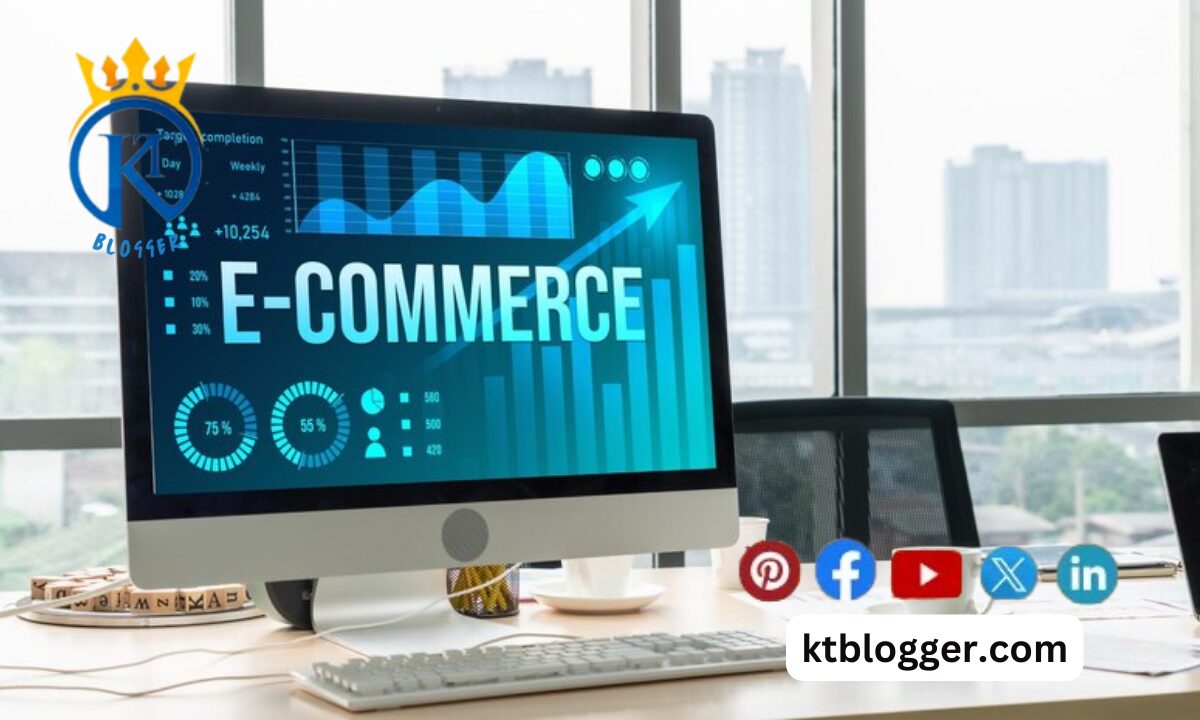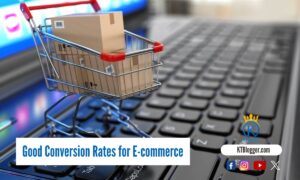The world of commerce is undergoing a digital revolution, and at the forefront of this change is e-commerce. But what is ecommerce and how to start online store?
This comprehensive guide will equip you with all the knowledge you need to navigate the exciting realm of e-commerce and turn your entrepreneurial dreams into reality.
E-commerce, short for electronic commerce, refers to buying and selling goods or services over the Internet. To start an online store, explore various business models like dropshipping or inventory-based.
Decide between B2B or B2C sales, and consider platforms like Shopify or WooCommerce for your e-commerce website. Choose a niche, source products set up payment processing, and focus on effective e-commerce marketing strategies for success.
Let’s start!
Content
- 1 What is Ecommerce and How to Start Online Store?
- 2 How to Start an Online Store? Step-By-Step Guide
- 2.1 Step 1: Unearthing Your Niche: Finding Your Perfect Product-Market Fit
- 2.2 Step 2: Crafting a Compelling Business Plan: Your Roadmap to Success
- 2.3 Step 3: Choosing a Catchy Name and Building Your Brand Identity
- 2.4 Step 4: Establishing Your Online Presence: Choosing the Right E-commerce Platform
- 2.5 Step 5: Creating Product Listings that Convert
- 2.6 Step 6: Streamlining the Checkout Process: Making Payments Easy
- 2.7 Step 7: Shipping and Fulfillment: Delivering on Your Promises
- 2.8 Step 8: Marketing Magic: Attracting Customers and Boosting Sales
- 2.9 Step 9: Building Customer Trust and Loyalty: The Cornerstones of Success
- 2.10 Step 10: Analytics and Optimization: Constantly Measuring and Refining
- 3 FAQs
- 4 Summing Up
What is Ecommerce and How to Start Online Store?
E-commerce, or electronic commerce, encompasses the buying and selling of goods and services over the Internet. It transcends geographical boundaries, connecting businesses and consumers across the globe through online channels. Whether it’s through dedicated online stores, established marketplaces like Amazon, or social media platforms, e-commerce offers unparalleled accessibility and convenience for both buyers and sellers.
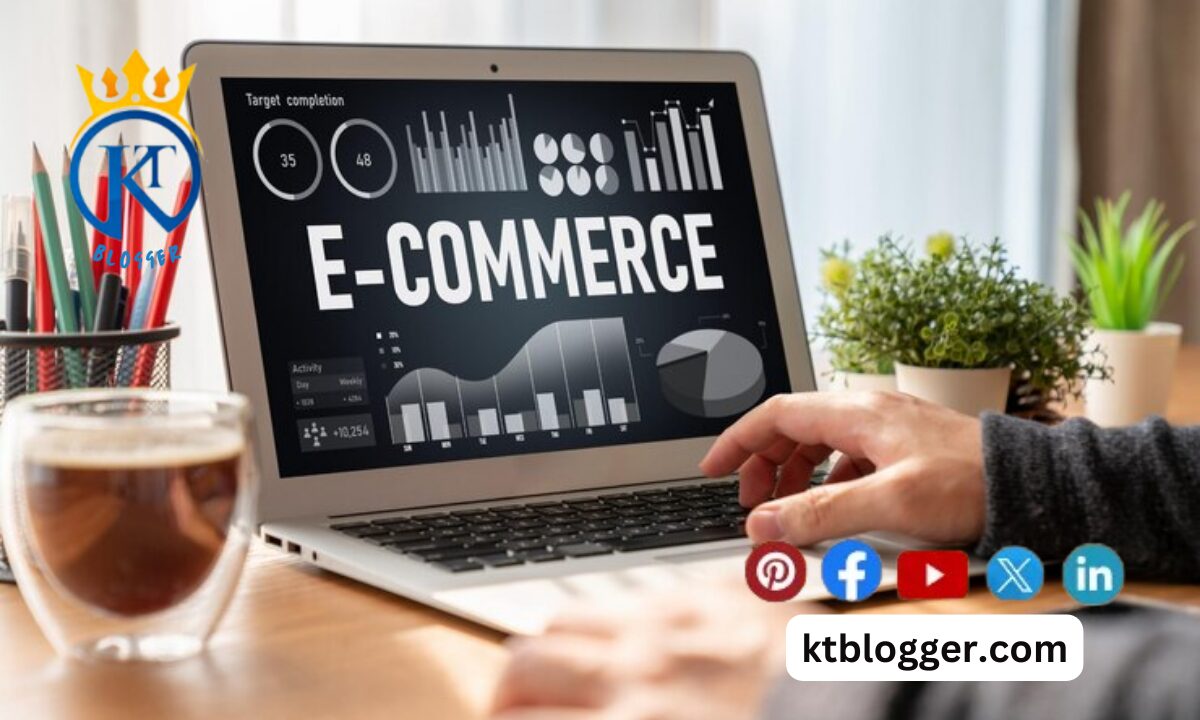
Breaking Down E-commerce Models
E-commerce operates on several models, each catering to different types of transactions:
- Business-to-Consumer (B2C): This model involves businesses selling products or services directly to individual consumers. Think of your favorite online clothing store or electronics retailer.
- Business-to-Business (B2B): Here, businesses sell goods or services to other businesses. Examples include software providers selling enterprise solutions to companies or wholesalers supplying products to retailers.
- Direct-to-Consumer (D2C): This model bypasses intermediaries, allowing manufacturers to sell products directly to consumers. D2C brands often leverage online channels to reach their audience without relying on traditional retail distribution channels.
Advantages of E-commerce
E-commerce offers several advantages over traditional brick-and-mortar retail:
- Global Reach: With an online store, businesses can reach customers worldwide, breaking down geographical barriers and tapping into new markets.
- 24/7 Accessibility: Unlike physical stores with limited operating hours, e-commerce websites are accessible round the clock, accommodating customers in different time zones.
- Lower Overhead Costs: Setting up an online store typically requires lower overhead costs compared to establishing a physical storefront, making it more accessible to small businesses and entrepreneurs.
- Data-driven Insights: E-commerce platforms provide valuable data insights, allowing businesses to analyze customer behavior, preferences, and purchase patterns to optimize their strategies.
How to Start an Online Store? Step-By-Step Guide
Now, let’s talk about how you can start your own online store:
E-commerce, or electronic commerce, is the buying and selling of goods and services over the Internet. To start an online store, you need to consider various factors such as choosing a platform, setting up payment gateways, and optimizing for SEO.
Shipping and fulfillment options, inventory management, and legal considerations are crucial. Customer service and analytics help in growing and scaling your business successfully.
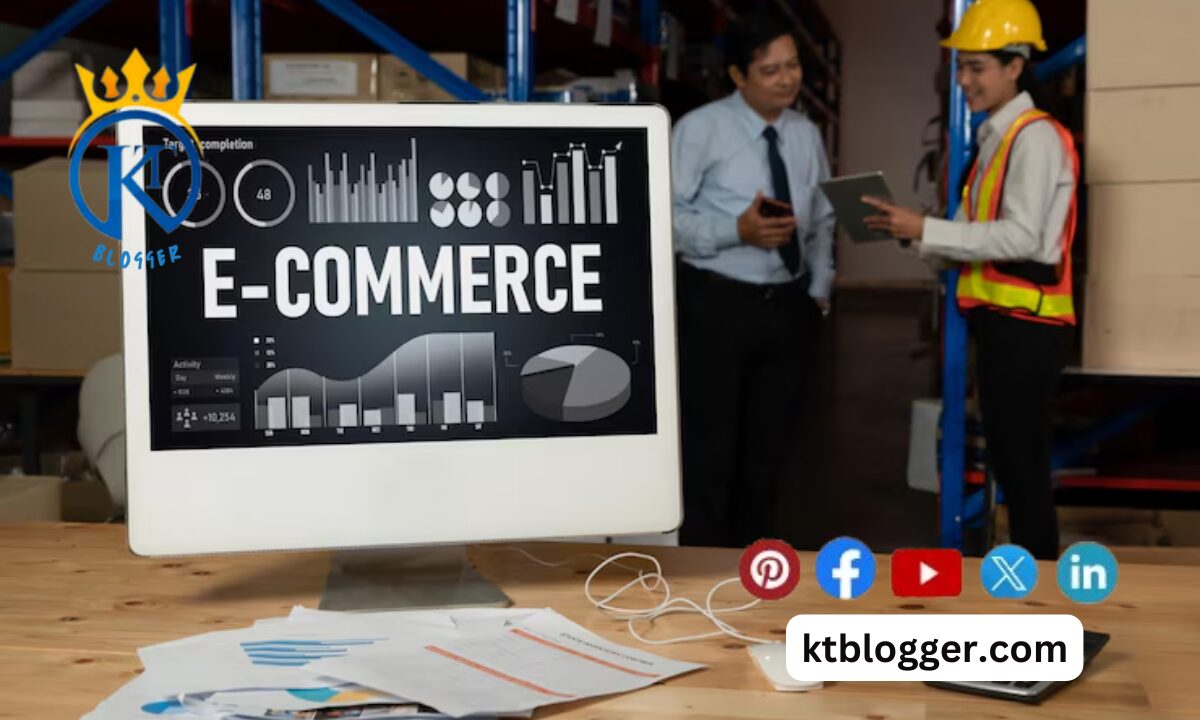
Step 1: Unearthing Your Niche: Finding Your Perfect Product-Market Fit
Starting your online store begins with discovering the right niche within the vast e-commerce world. Here’s how to do it:
Passion: Pick something you truly love. When you’re excited about what you sell, it keeps you going even when things get tough.
Market Demand: Look for products people want to buy. Use tools like Google Trends and social media to see what’s hot.
Competition: Check out others selling similar things. Find a way to stand out. Maybe you offer better quality or a unique twist.
Step 2: Crafting a Compelling Business Plan: Your Roadmap to Success
A good plan helps you stay on track and know where you’re headed:
Executive Summary: It’s like a snapshot of your business. Sum up what you do, who you’re targeting, and why you’re different.
Market Analysis: Know your market inside out. Understand your customers and what they need.
Marketing Strategy: Figure out how you’ll get the word out about your store. Social media? Ads? SEO? Plan it here.
Financial Projections: Make some educated guesses about how much money you’ll make and spend. It helps you plan for the future.
Step 3: Choosing a Catchy Name and Building Your Brand Identity
Your brand is your online store’s personality. Make it count:
Memorable Name: Choose a name that sticks in people’s minds. Short and simple usually works best.
Reflects Your Brand: Your name should say something about what you sell and what you stand for.
Domain Name: Make sure your name is available as a website address. It should be easy to type and remember.
Step 4: Establishing Your Online Presence: Choosing the Right E-commerce Platform
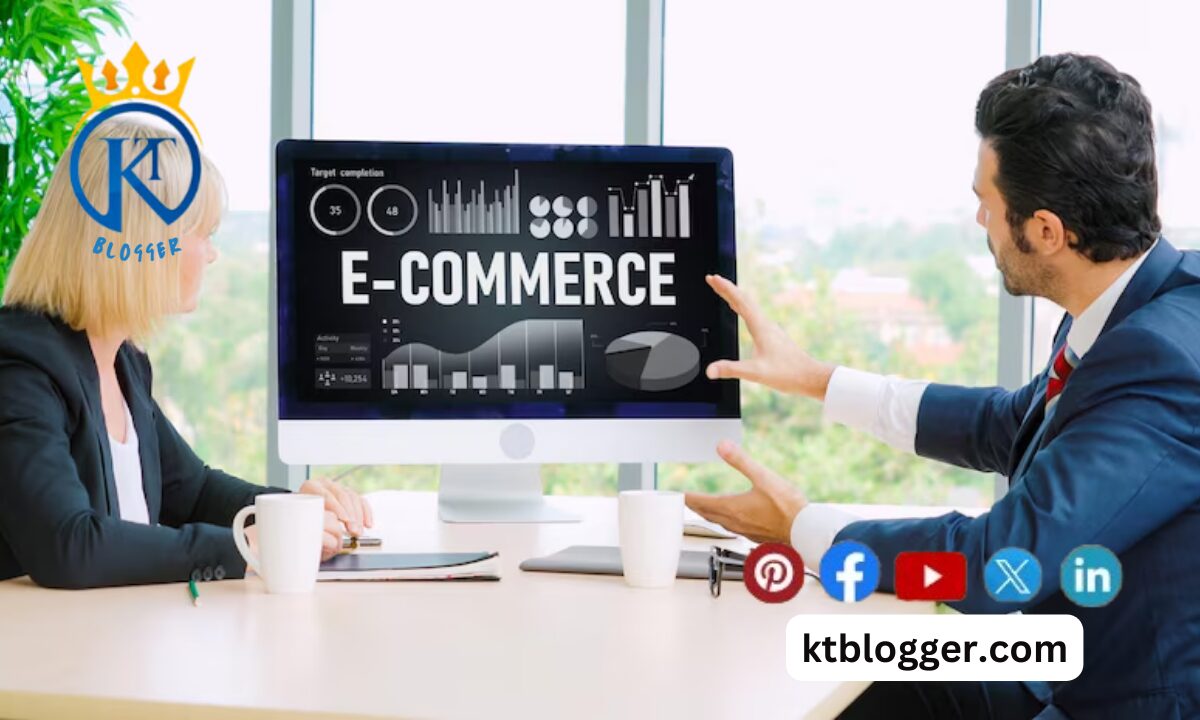
You need a place to host your store online. Here’s how to pick the right one:
User-Friendly Interface: Choose a platform that’s easy to use, especially if you’re not a tech whiz.
Customization Options: You want your store to look like you. Pick a platform that lets you personalize it.
Scalability: Make sure the platform can grow with you. You don’t want to outgrow it too quickly.
Step 5: Creating Product Listings that Convert
Your product pages need to sell themselves. Here’s how:
Compelling Descriptions: Describe your products in a way that makes people want to buy them. Highlight benefits and features.
High-Quality Images: Good pictures show off your products. Use clear, professional-looking photos.
Customer Reviews: Let happy customers do the talking. Positive reviews build trust.
Step 6: Streamlining the Checkout Process: Making Payments Easy
Nobody likes a complicated checkout. Keep it simple:
Multiple Payment Options: Give customers different ways to pay. Credit cards, PayPal, and others make it easy.
Guest Checkout: Don’t force people to make an account. Let them check out as guests if they want.
Clear Order Summary: Show customers what they’re buying and how much it costs before they pay.
Step 7: Shipping and Fulfillment: Delivering on Your Promises
Getting orders to your customers smoothly is key:
Shipping Rates: Be upfront about how much shipping costs. Nobody likes surprises at checkout.
Packaging: Make sure your products arrive safe and sound. Good packaging protects them.
Fulfillment Strategy: Decide if you’ll handle shipping yourself or use a service. Make sure orders go out on time.
Step 8: Marketing Magic: Attracting Customers and Boosting Sales

Now it’s time to spread the word about your store:
SEO: Make sure your store shows up when people search for what you sell. Use keywords and phrases they’re likely to use.
Social Media: Connect with your audience on platforms like Facebook, Instagram, and Twitter. Share cool stuff and interact with followers.
Content Marketing: Create helpful, interesting content that shows off your expertise. Blog posts, videos, and how-to guides can draw people in.
Email Marketing: Keep in touch with customers through email. Let them know about sales, new products, and other cool stuff.
Step 9: Building Customer Trust and Loyalty: The Cornerstones of Success
Happy customers keep coming back:
Great Customer Service: Be friendly and helpful whenever customers reach out. Good service goes a long way.
Returns Policy: Make it easy for customers to return stuff if they need to. Happy customers are repeat customers.
Security: Keep your customers’ info safe. Use secure payment processors and protect their data.
Step 10: Analytics and Optimization: Constantly Measuring and Refining
Keep an eye on how your store is doing:
Website Analytics: Track how many people visit your site, what they look at, and if they buy anything.
CRO: Figure out what makes people buy. Test different things to see what works best.
Customer Lifetime Value: Keep track of how much money customers spend over time. It helps you know who your best customers are.
FAQs
What Are The Benefits Of Selling Online?
Selling online offers numerous benefits, including:
- Global reach: You can reach customers worldwide, expanding your customer base.
- Lower costs: Operating online often requires lower overhead costs compared to physical stores.
- Convenience: Customers can shop anytime, anywhere, leading to increased sales.
- Data insights: Online platforms provide valuable data on customer behavior and preferences, helping you make informed business decisions.
How Can I Ensure The Security Of My Online Store?
To ensure the security of your online store, consider the following measures:
- Secure payment gateways: Use reputable payment processors that encrypt customer payment information.
- SSL encryption: Install SSL certificates on your website to encrypt data transmitted between users and your server.
- Regular updates: Keep your e-commerce platform and plugins up to date to patch security vulnerabilities.
- Strong passwords: Encourage customers to use strong, unique passwords, and implement two-factor authentication for added security.
Summing Up
I hope now you understand what is ecommerce and how to start online store. By following these simple steps and staying focused on your goals, you can create a successful online business. Remember, it’s okay to learn as you go and make changes along the way. With patience and determination, you can turn your e-commerce dream into a reality.

